Introducing the whimsical world of ceramics through the talented hands of Emily-Kriste Wilcox.
Join us on a journey as we dive into the vibrant and enchanting realm of pottery, where each piece tells a story of nature’s beauty and artistic passion.
From coastal hues to garden greens, Emily’s creations are more than just ceramics—they’re a celebration of creativity and the joy of bringing the outdoors inside.
Get ready to be inspired and delighted by Emily’s playful and imaginative approach to clay, as we explore her story…
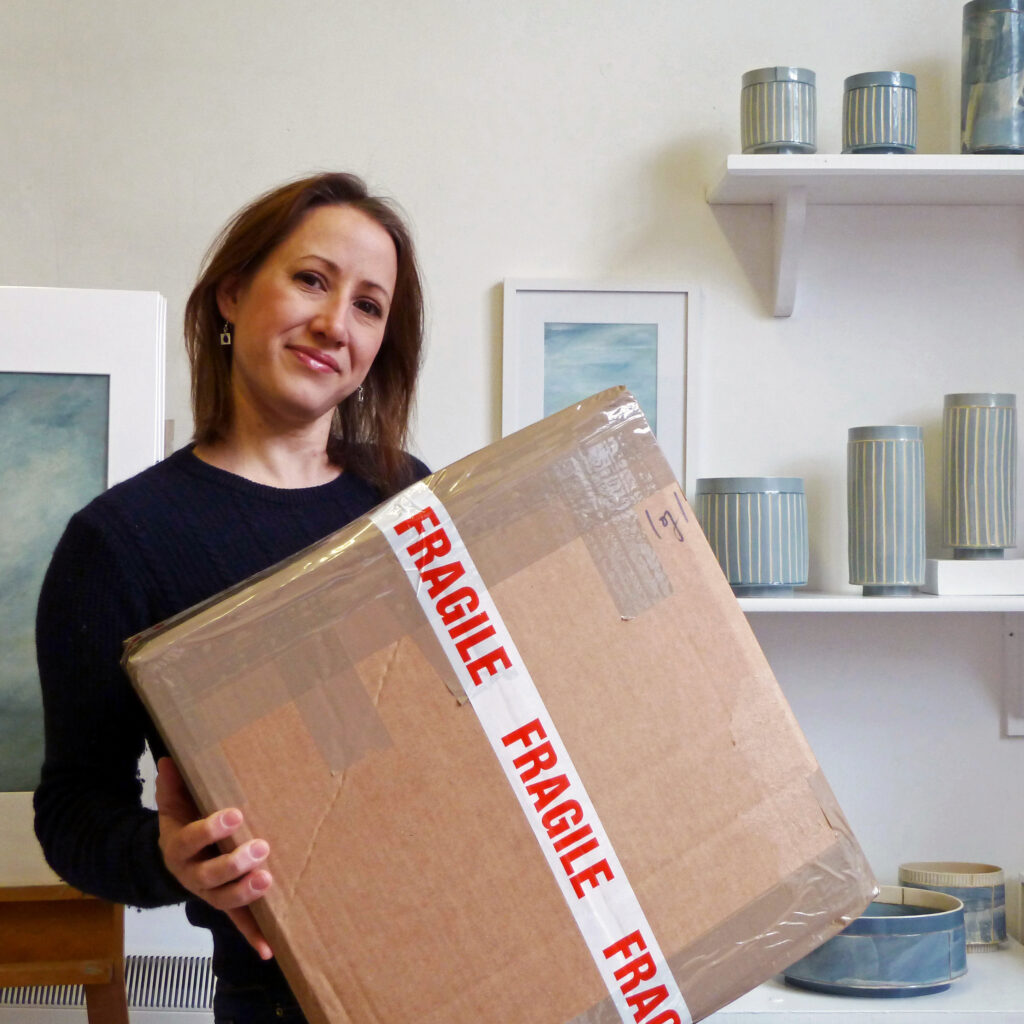
What initially drew you to the world of ceramics, and how did your journey from Bath Spa University to establishing your own studio in Birmingham unfold?
I was first introduced to ceramics at school, through projects that incorporated both painting and ceramic outcomes. A degree course quickly followed, where I specialised in 3D Design: Ceramics. It was here that my independent thought and drawing developments were encouraged, and I was introduced to a wide variety of techniques in both construction and surface treatment.
A move to Birmingham after graduating led me to seek ways to incorporate these skills into a career. I eventually found a small space in the city to start, and although I have since moved premises, I remain working in the area.
Your collections, such as “Coastal & Lake” and “Garden & Bloom,” evoke strong connections to nature. Can you share some insights into how the natural world influences your creative process?
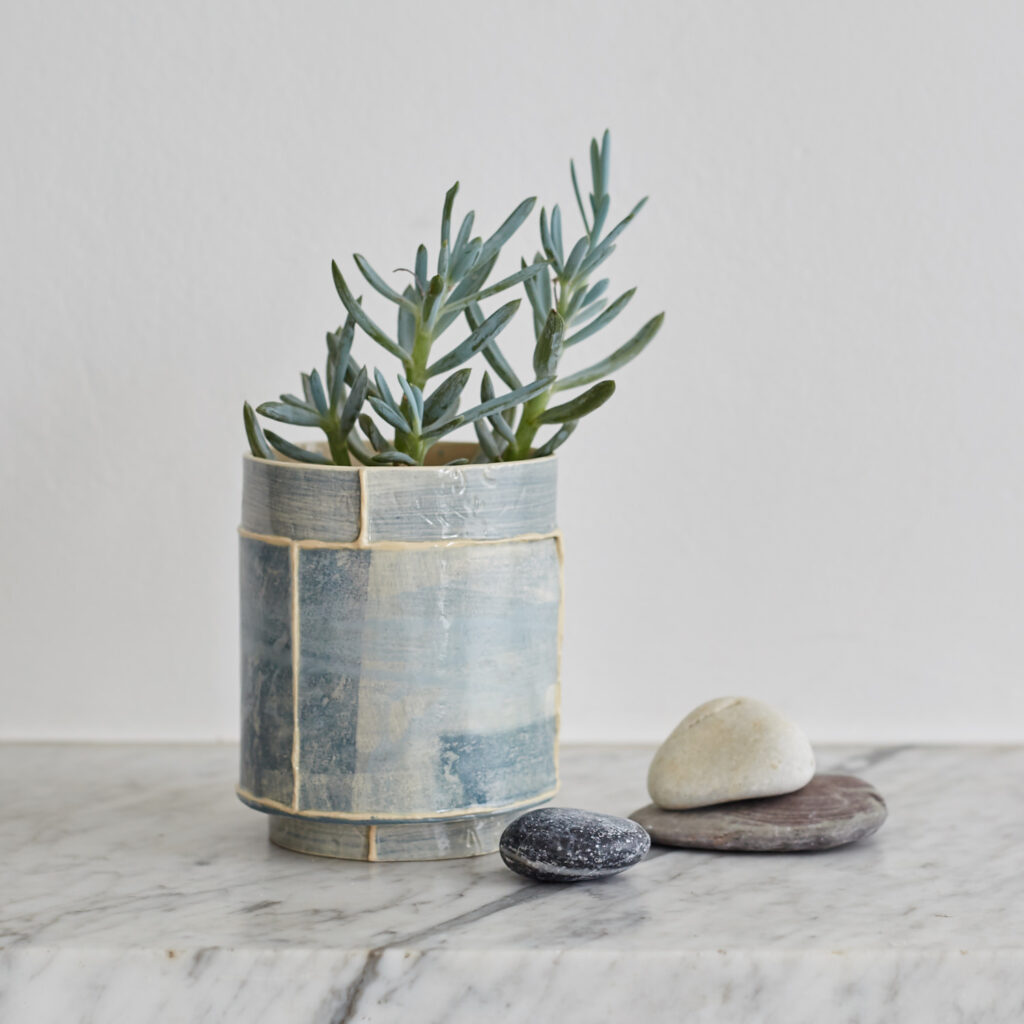
Yes, this is something that has evolved over the years and is now an ongoing theme across all of my collections. Every group of work is hand-built here in my Birmingham studio with a large emphasis on bringing elements of the outside world into your homes.
It began with Coastal & Lake, where I focused on soft blues and greys reminiscent of the ever-changing skies and seas. This collection has grown to include both paintings and pots. From deep navy blue tones to pale, subtle blue-whites, I find so much variation within this limited colour palette.
Once this direction was clarified, the other collections quickly fell into place. Categories were defined, and titles chosen to provide not only a concise description of the items within but also an additional soft rhythm when read or spoken.
Your vessels are celebrated for their painterly qualities. Could you elaborate on how you translate the essence of landscapes onto clay and the techniques you employ to achieve this?
When developing the ‘essence’ of each collection, I spend time studying the corresponding aspects of the landscape through drawing, painting, documenting walks, and taking photographs of my surrounding environment.
Back at the studio, I refer to these notes as needed. I’ve found that brushes with soft bristles work best to achieve the finish I desire. Additionally, the use of transparent glaze enhances the decorating slips applied underneath.
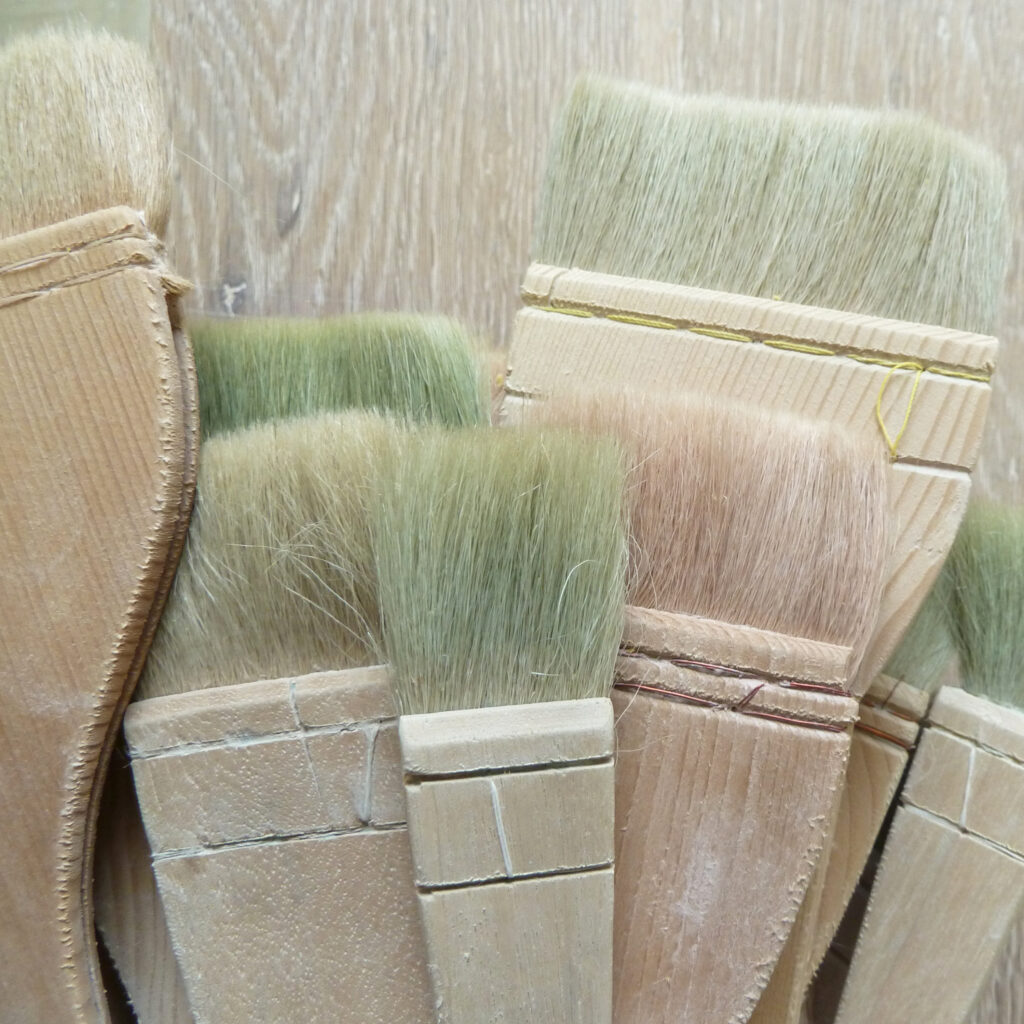
Your work often reflects a sense of place. Can you discuss specific locations or landscapes that have profoundly inspired your creations?
Places such as The Lake District or areas of Cornwall that I regularly visit provide a great sense of space. The expanse of sky and sea when looking outward on a coastal path walk can be very refreshing. However, there are also areas within Birmingham and its surrounding regions that can have just as much impact. Hedgerows, woodlands, park planting, or my own fondness for gardening, for example, are equally informative to me.
How do you balance individuality within each piece while ensuring they harmonise when grouped together, as seen in your collections?
Each of the four collections I currently make hold many overlapping characteristics, enabling them to be easily mixed and matched. Some vessels are built taller, others wider, but each deliberately remains consistent in both construction process and overall aesthetic style.
I feel this continuity in my approach helps when displaying items together, whether for a gallery, exhibition or individual client.
Can you walk us through your creative process, from conceptualisation to the finished product? How much does each piece evolve during this journey?
Each shape I design usually serves a specific purpose, whether shallow enough for a mantelpiece or tall enough to hold a few stems from the garden. Often, one piece’s development leads to another, slowly evolving the collection over time. Keeping a balance of how the painterly surface relates to the constructed form remains an essential part of my practice.
Your accolades include “Ceramics Studio of the Year 2022” and “Best Artisanal Interior Décor Products 2019.” What do these recognitions mean to you and your craft?
These accolades provide validation within the industry, acknowledging the interest in my work and the level of skill involved. They also offer a platform to reach a wider audience, but ultimately, it’s the customers who choose to incorporate my pieces into their homes that keep my business thriving.
Could you share some insights into the significance of the V&A tea caddies in informing your exploration of form and mark-making?
The oval form of the tea caddy I’ve selected creates a gentle curve from the flat panels, with slender elegance reminiscent of Neo-Classical architectural design. This shape has influenced the oval vessels I create, where the story or view travels around the panels with a flow of movement. Using repeated shapes and controlled edging has become a feature, acting as a frame for the painterly section.
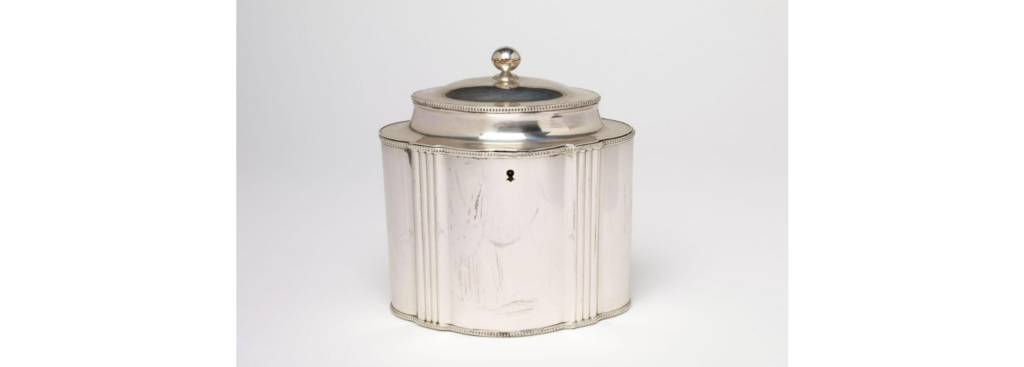
How do you approach the balance between tradition and innovation in ceramics, especially considering your emphasis on hand-building techniques?
Traditional hand-building techniques form the basis of my practice, giving me an understanding of shape, profile, and balance. Striving for craftsmanship is important, as is protecting and celebrating handmade processes. However, I also keep an eye on trends and customer behaviours, incorporating contemporary influences into my work.
As a selected professional member of the Craft Potters Association and a full member of the Gloucestershire Guild, how do these affiliations impact your work and professional growth?
Being a member provides opportunities to exhibit and sell work, as well as access to a support network of fellow makers. This helps me maintain high standards and continue developing my practice, while also reaching wider audiences through group exhibitions.
In what ways do you see your work evolving in the future, both in terms of technique and thematic exploration?
My work is always evolving, with new shapes and variations constantly in development. While I can’t discuss specific yet, I’m excited to continue pushing boundaries within my signature style.
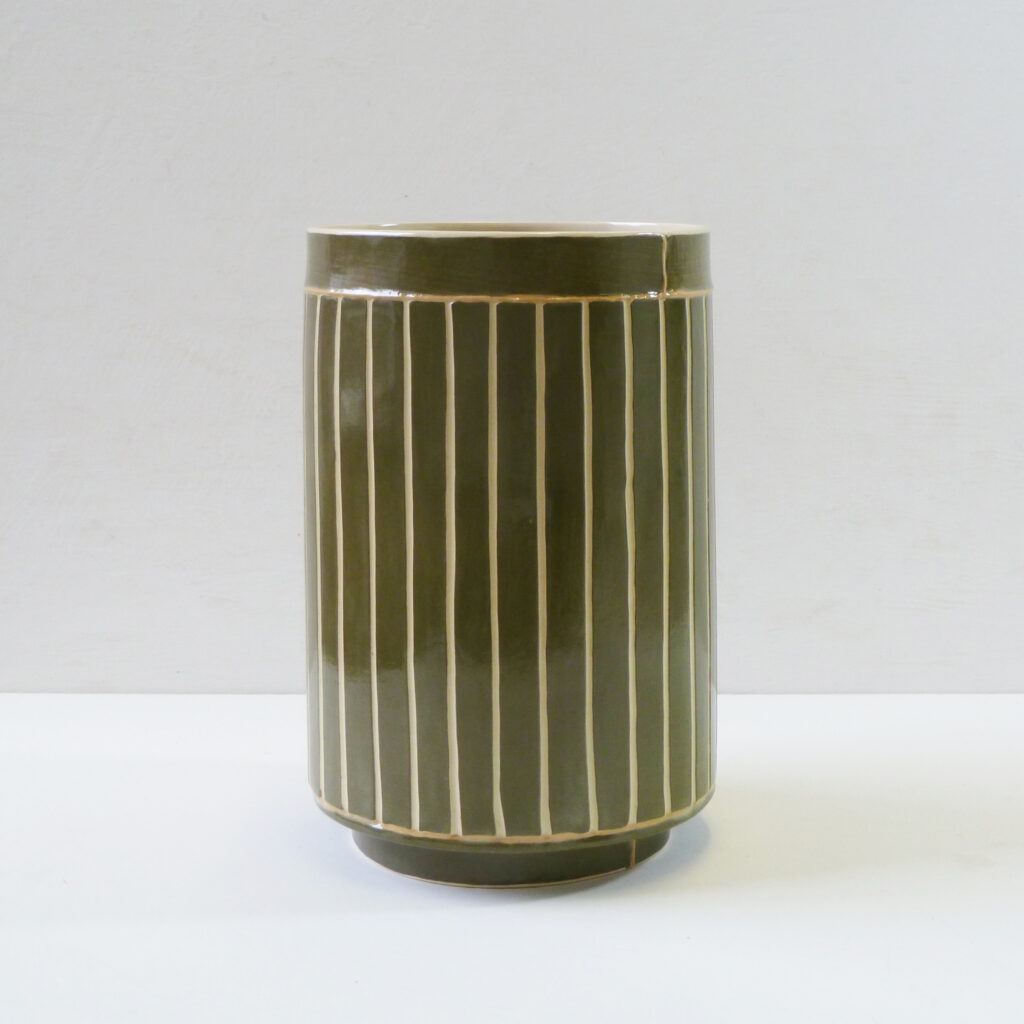
Can you share some memorable moments or milestones in your career that have shaped your artistic identity and trajectory?
2025 will mark the 20th year of “Painting in Clay” for me, a significant milestone that I’m planning to celebrate.
What advice would you give to aspiring ceramicists looking to establish themselves in the industry?
Practice is essential, as it helps you develop your own style and understanding of the material. Keep experimenting and pushing boundaries within your work.
Keep experimenting and pushing boundaries within your work, remembering to maintain a personal authentic direction.
How do you stay creatively inspired and motivated, especially during challenging times or creative blocks?
I maintain a ‘can-do’ attitude, focusing on finding ways to make progress even when faced with obstacles. Movement, whether that’s in the physical sense or in terms of moving a project on to the next stage – it’s all progress.
Our readers love to travel. What destination is at the top of your bucket list?
Venice is on my list for its architectural beauty, but I also enjoy returning to cities like Paris, Amsterdam, or Copenhagen for their rich cultural experiences.
What’s your go-to quote when you’re lacking motivation?
Right then, let’s get on with it’. Continue to move forward as any progress, however small, is still progress. And it’s important to remember you are not where you were yesterday
Lastly, what message or feeling do you hope viewers take away from experiencing your ceramic pieces?
I aim to create pieces that bring elements of the outside world into the home, whether through coastal colours or a focus on greenery. I hope viewers appreciate the aesthetic function of my work and find joy in incorporating it into their living spaces.
Where can people follow you and find out more?
You can find more about my work on my website www.emily-kriste.co.uk and on Instagram @emilykriste.
Feeling inspired by Emily-Kriste Wilcox’s magical journey? Dive deeper into a world of creativity and adventure with House of Coco magazine. Discover more inspiring stories, travel tales, and lifestyle tips that will ignite your imagination and fuel your passion for exploration.

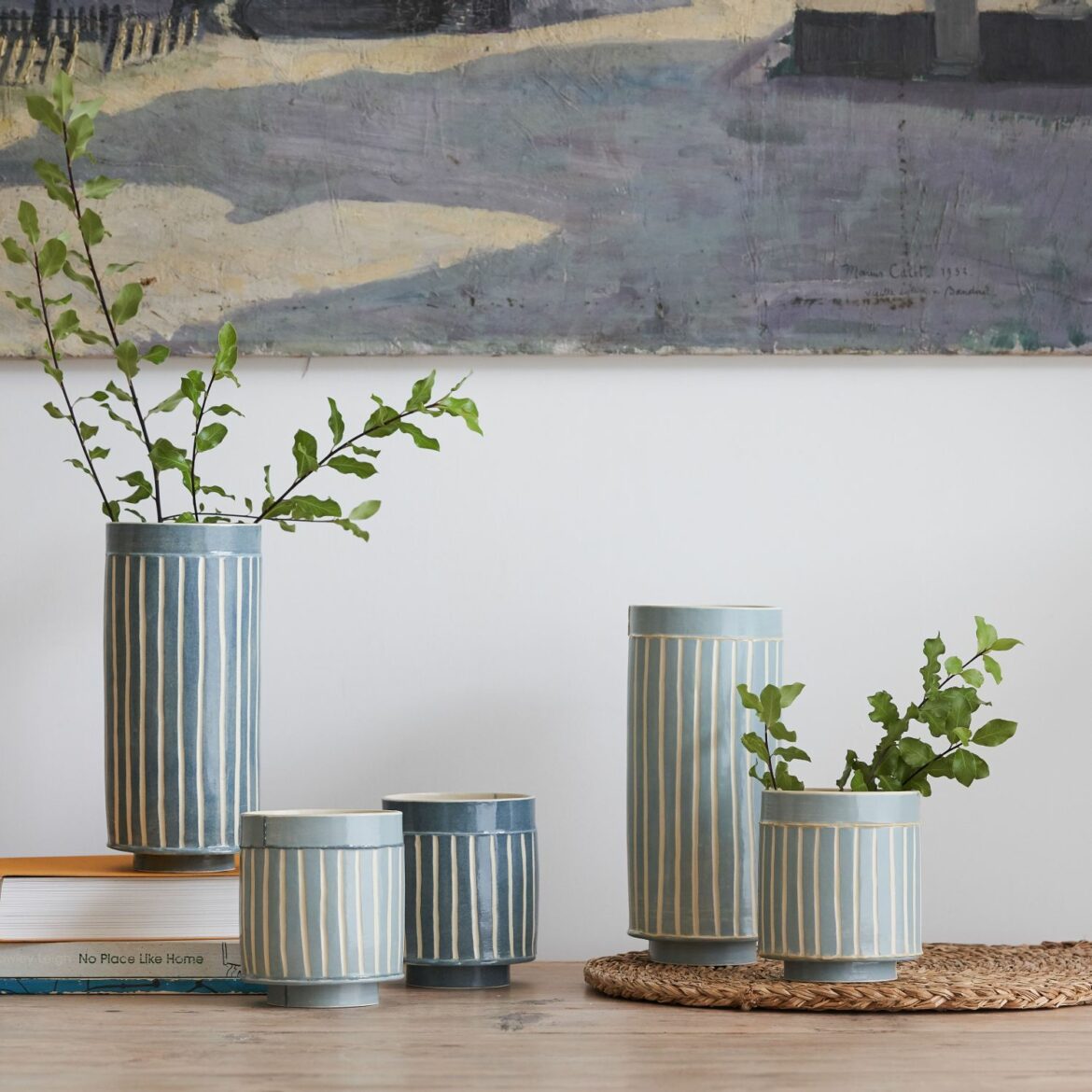


Comments are closed.